Could the rise of advanced AI tools mean the end of some creative and knowledge jobs? Here’s what the experts had to say.
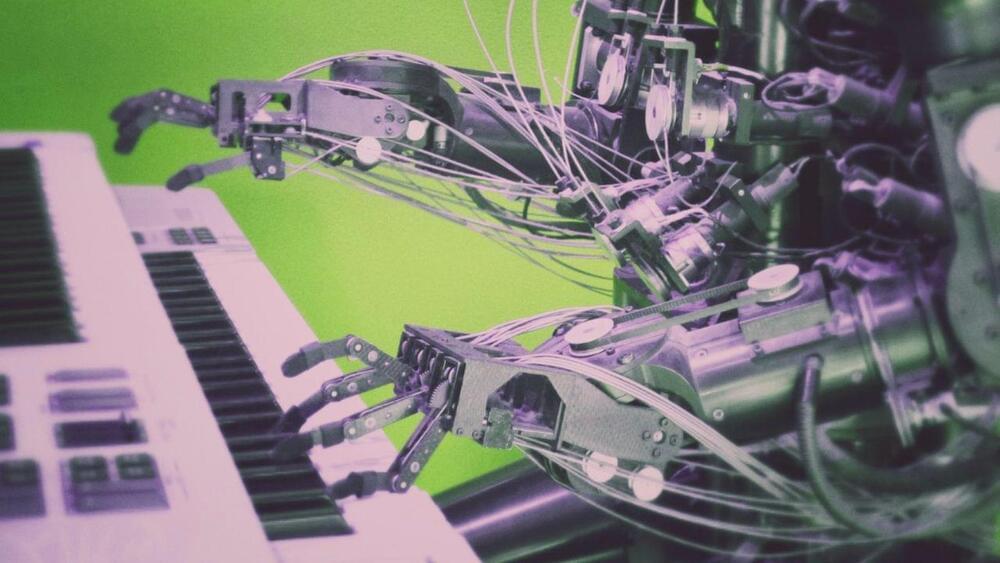

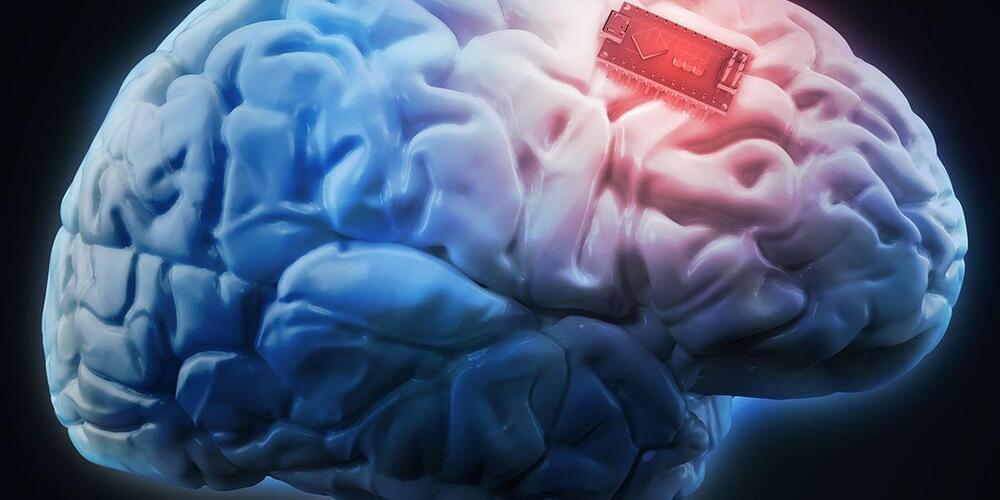
Anders Sandberg is “not technically a philosopher,” he tells IEEE Spectrum, although it is his job to think deeply about technological utopias and dystopias, the future of AI, and the possible consequences of human enhancement via genetic tweaks or implanted devices. In fact, he has a PhD in computational neuroscience. So who better to consult regarding the ethics of neurotech and brain enhancement?
Sandberg works as a senior research fellow at Oxford’s Future of Humanity Institute (which is helmed by Nick Bostrom, a leading AI scholar and author of the book Superintelligence that explores the AI threat). In a wide-ranging phone interview with Spectrum, Sandberg discussed today’s state-of-the-art neurotech, whether it will ever see widespread adoption, and how it could reshape society.

The question is no longer whether AI will change the workplace; it’s how companies can successfully use it in ways that enable – not replace – the human workforce. AI will help to make humans faster, more efficient, and more productive.
It’s true that AI will threaten some unskilled jobs through automation, but it will also potentially create different kinds of jobs that require new skill sets that will be developed through training.
AI can be used in manufacturing to make processes more efficient while also keeping human workers out of harm’s way. Opportunities to leverage AI and machine learning in manufacturing include product development, logistics optimization, predictive maintenance, and robotics.
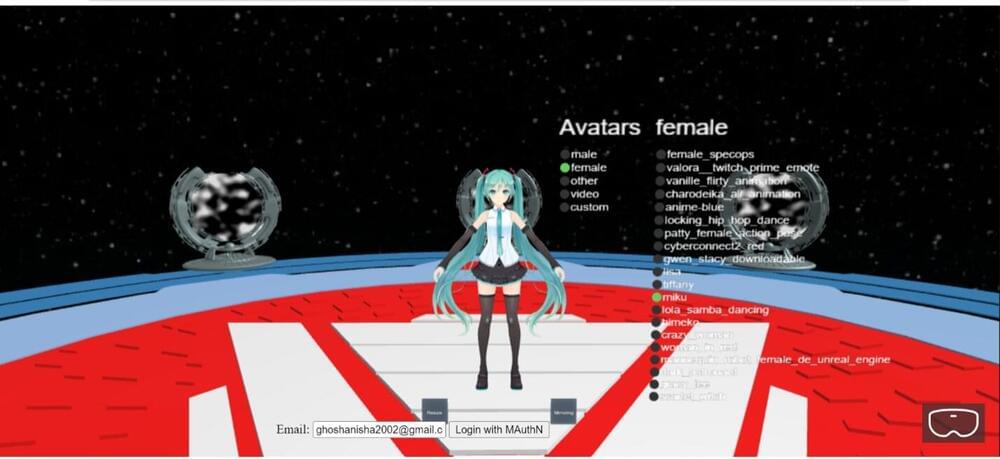
In recent years, many computer scientists have been exploring the notion of metaverse, an online space in which users can access different virtual environments and immersive experiences, using VR and AR headsets. While navigating the metaverse, users might also share personal data, whether to purchase goods, connect with other users, or for other purposes.
Past studies have consistently highlighted the limitations of password authentication systems, as there are now many cyber-attacks and strategies for cracking them. To increase the security of users navigating the metaverse, therefore, password-based authentication would be far from ideal.
This inspired a team of researchers at VIT-AP University in India to create MetaSecure, a password-less authentication system for the metaverse. This system, introduced in a paper pre-published on arXiv, combines three different authentication techniques, namely device attestation, facial recognition and physical security keys.
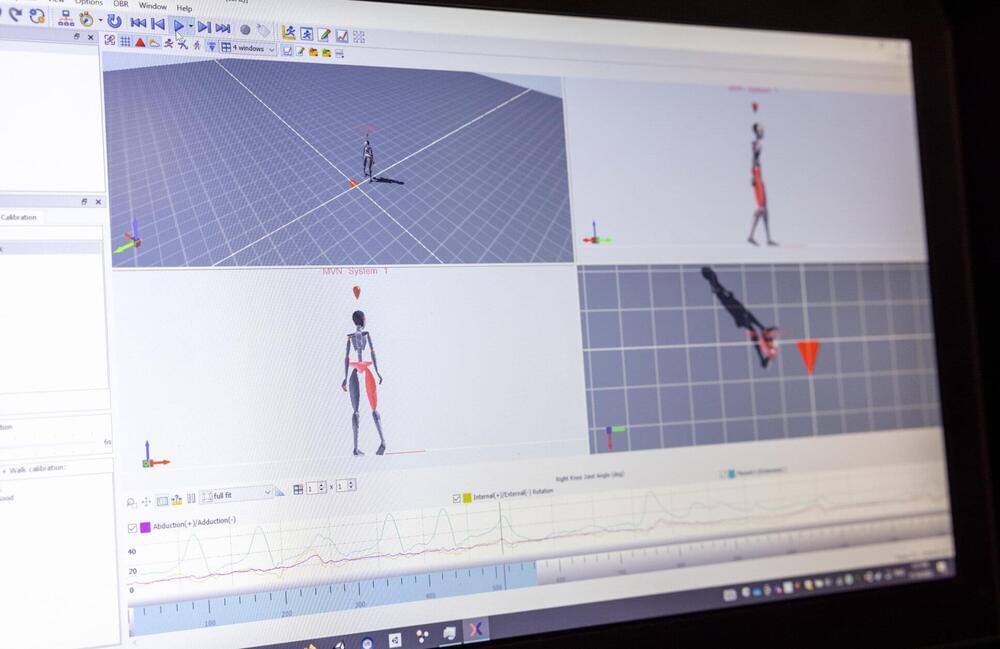
A multi-disciplinary team of researchers has developed a way to monitor the progression of movement disorders using motion capture technology and AI.
In two ground-breaking studies, published in Nature Medicine, a cross-disciplinary team of AI and clinical researchers have shown that by combining human movement data gathered from wearable tech with a powerful new medical AI technology they are able to identify clear movement patterns, predict future disease progression and significantly increase the efficiency of clinical trials in two very different rare disorders, Duchenne muscular dystrophy (DMD) and Friedreich’s ataxia (FA).
DMD and FA are rare, degenerative, genetic diseases that affect movement and eventually lead to paralysis. There are currently no cures for either disease, but researchers hope that these results will significantly speed up the search for new treatments.
AI robots, with Elon Musk, Boston Dynamics. To learn AI, visit: https://brilliant.org/digitalengine where you’ll also find loads of fun courses on maths, science and computer science.
Sources:
Future of Life Institute AI discussion with Elon Musk:
AI Alignment study, OpenAI, Oxford and UC Berkeley:
https://twitter.com/RichardMCNgo/status/1603862969276051457
Atlas gets a grip — Boston Dynamics:
OpenAI’s ChatGPT:
Ray Kurzweil on the Law of accelerating returns:
Ray Kurzweil: Acceleration of technology is the implication of what I call the law of accelerating returns. The nature of technological progress is exponential. If I count linearly 30 steps: 1, 2, 3, 4, 5… I get to 30. If I count exponentially: 2, 4, 8, 16… 30 steps later I’m at a billion. It makes a dramatic difference.
TRANSCENDENT MAN chronicles the life and ideas of Ray Kurzweil, the inventor and futurist known for his bold vision of the Singularity, a point in the near future when technology will be changing so rapidly, that we will have to enhance ourselves with artificial intelligence to keep up. Ray predicts this will be the dawning of a new civilization in which we will no longer be dependent on our physical bodies, we will be billions of times more intelligent and there will be no clear distinction between human and machine, real reality and virtual reality.
http://transcendentman.com.
https://facebook.com/TranscendentMan/
Tweets by TranscendentMan

AI is being used to generate everything from images to text to artificial proteins, and now another thing has been added to the list: speech. Last week researchers from Microsoft released a paper on a new AI called VALL-E that can accurately simulate anyone’s voice based on a sample just three seconds long. VALL-E isn’t the first speech simulator to be created, but it’s built in a different way than its predecessors—and could carry a greater risk for potential misuse.
Most existing text-to-speech models use waveforms (graphical representations of sound waves as they move through a medium over time) to create fake voices, tweaking characteristics like tone or pitch to approximate a given voice. VALL-E, though, takes a sample of someone’s voice and breaks it down into components called tokens, then uses those tokens to create new sounds based on the “rules” it already learned about this voice. If a voice is particularly deep, or a speaker pronounces their A’s in a nasal-y way, or they’re more monotone than average, these are all traits the AI would pick up on and be able to replicate.
The model is based on a technology called EnCodec by Meta, which was just released this part October. The tool uses a three-part system to compress audio to 10 times smaller than MP3s with no loss in quality; its creators meant for one of its uses to be improving the quality of voice and music on calls made over low-bandwidth connections.

In 2020 I joined the private beta test of Open AI’s Generative Pre-trained Transformer 3 (GPT-3), which is an earlier version of ChatGPT. When ChatGPT was released in November 2022, I started experimenting with it. For over two years I’ve been exploring the strengths and limits of this technology and assessing how this tool could be useful to me. I’m also interested how this new technology is being utilized by scientists and academics to make meaningful contributions to academic work and education.
A recent study demonstrated that ChatGPT was able to pass the US Medical Licensing Exam without any special training prior to the exam and was able to demonstrate a high level of insight in its explanations. The results suggest that ChatGPT may be able to assist with medical education.
I published the first article about my experiments with ChatGPT last week. The article entitled How The Evolution Of AI In Healthcare Aligns With Thomas Kuhn’s Structure has been viewed over 13,000 times, and has received and
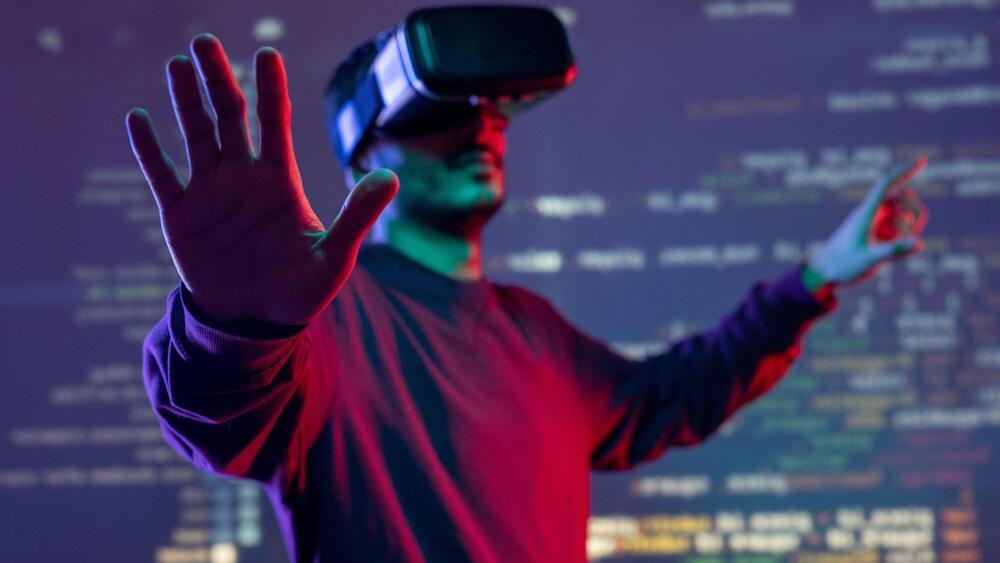
Despite its recent blowback, Web 3.0 offers a more interconnected and productive society.
The next significant development for the internet and all it governs is Web 3.0. To improve user experience, it will make use of artificial intelligence. In addition, blockchain technology will enable the service to be backed by decentralized networks since Web 3.0 is the fundamental framework for cryptocurrencies like Bitcoin and Ethereum. This will be a revolutionary move that might significantly influence businesses and how they function, as well as individual users. For instance, site owners won’t have to rely on larger businesses like Amazon (AWS) and Google to buy server space.
Web 2.0 – the current version of the internet – has grown overly centralized, with a small number of large technology businesses and government organizations controlling the industry. Web 3.0, which promises a decentralized online ecosystem built on the still-emerging blockchain, will be the third iteration of the internet. Web 3.0 was first coined in 2014 by a computer scientist named Gavin Wood also helped create Ethereum, the decentralized blockchain system that powers the ether coin.
The main problem with Web 2.0, according to Wood, is trusting the people who run the services. “We’ve managed to build ourselves into this fairly dystopian picture of what the world could be,” he said in a podcast with CNBC. This is why many believe Web 3.0 – with its focus on decentralization – will provide a more democratic and dispersed view of the internet. Additionally, it’s touted as an essential component of the emerging metaverse, an immersive online universe. While some are skeptical and refer to Web 3.0 and the metaverse as primarily a marketing project and even as a pyramid scheme, other venture investors are pouring billions of dollars into this futuristic vision. However, the idea is reportedly also opposed by many in the tech world, including Elon Musk and Jack Dorsey, the former CEO of Twitter.
For many Web 3.0 supporters, the past few months have brought a harsh awakening: the market prices of significant cryptocurrencies have fallen precipitously, the trading volume of non-fungible tokens (NFTs) has slowed, and, most importantly, some pioneer businesses in the field have filed for bankruptcy due to poor risk management and the misappropriation of investor funds. Nevertheless, many argue that business executives should not mistake market volatility or dishonest individuals with the potential applications of digital assets and the technology that support them, even while the debris keeps flying and many retail investors lose their savings.